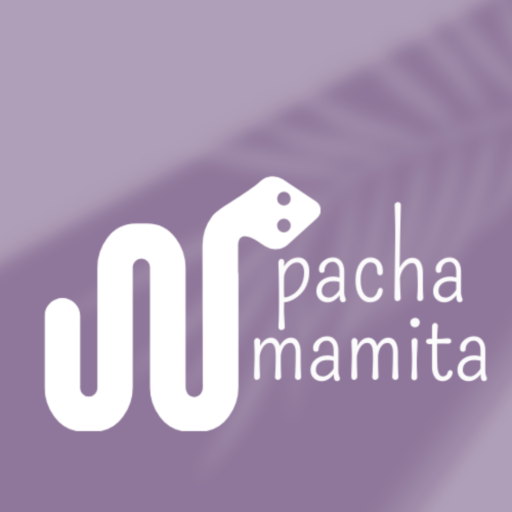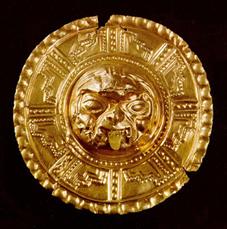An innovative technique for all of America, related to the production of anthropomorphic figurines, was the use of molds by potters belonging to the Chorrera culture of Ecuador. Based on this invention, several indigenous Ecuadorian cultures reproduced, in series, figurines that represented high-ranking figures who participated in shamanic rituals or public events.
The figurines, which personify political and religious leaders, whether men or women, show us that they took great care to adorn themselves profusely: they used body paint and tattoos.
The characters also possess a variety of ornaments that indicate their position of rank and served as emblems of their access to the spirit world (Stothert, 2006). Indeed, Andean and American leaders created the basis of their authority through the manipulation of objects that constituted symbols of power associated with great distances and the exotic.
Thus, they used materials such as lapis lazuli, turquoise, Spondylus shell, obsidian, rock crystal (quartz), emerald and other green stones, gold, silver and copper, products with spiritual significance, since they functioned within a system of communication with the parallel world of the gods and ancestors (Stothert, 2006).
The presence of these materials is evidence that there were regular contacts between representatives of peoples from western Mexico, Central America, Colombia, Ecuador and Peru (which includes the Amazon region of these last three countries).
THE LIFE FORCE OF THE COSMOS: METALLURGY
In ancient indigenous thought, the vital force of the cosmos was expressed in shining materials, especially precious metals. Among them, gold stands out, as it evokes the Sun, which was also one of the pillars of the Andean worldview.
The brilliance of the colour of metals was therefore the main visible sign of power, but a power of a symbolic nature. Unlike European metallurgy, which was developed primarily for military and utilitarian purposes, pre-Columbian New World metallurgy focused on satisfying spiritual needs (BCE, 1998).
Goldsmiths of various cultures mastered the techniques of hammering, casting, rolling, embossing, soldering, filigree, inlay, assembly, etc.
The work of the goldsmiths of La Tolita (600 BC – 400 AD) stands out. They were the world pioneers in working platinum and alloying it with gold. They used a very particular method: the platinum particles, once separated, were mixed with a little gold powder. This mixture was then heated and the gold powder became liquid and penetrated the platinum, while a small proportion of this metal dissolved in the molten gold.
The symbolism of shine and metallic color persisted in the Andean world until the time of the European invasion and conquest.
SOURCE: Ecuador: Milestones of its pre-Columbian past. Santiago Ontaneda Luciano.
![]()

